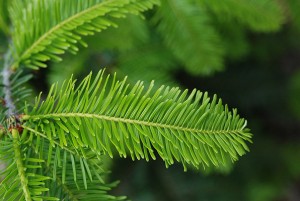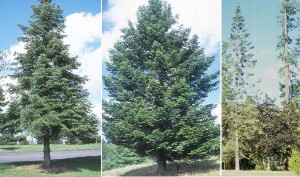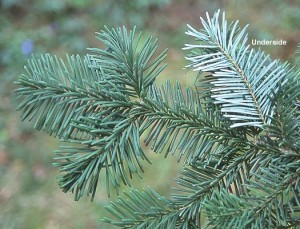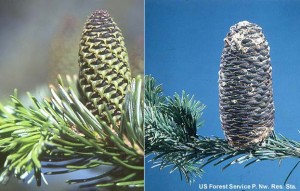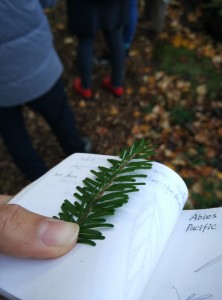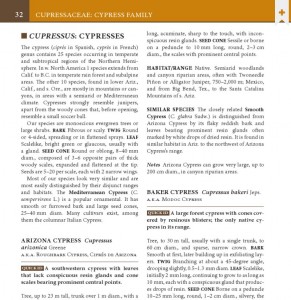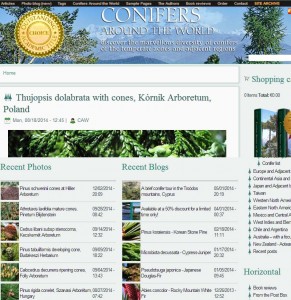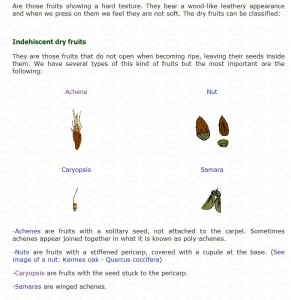Abies grandis (N)

Common name: grand fir
Family name: Pinaceae
Useful cultivars and selections: ‘Aurea’ (yellow new foliage) ‘Compacta’ (small round ball) ‘Johnsonii’ (narrow form)
USDA Hardiness Zone: 4
Mature height and spread: 30-76m; 8m
Form: evergrenn conifer
Water use: medium
Soil requirements: deep well drained soil, full sun part shade, dark green
Leaf arrangement: long needle, longer than amabilis; have long needles and short needles; needle in two rows; white beneath
Flower/cone/fruit description(s): erect, ovoid, 5-10cm, imbricate
Limitations: shade tolerant
Suitable uses: grown as Christmas tree; ornamental tree in large parks
Quick ID description: smell cleaner than amabilis; imbricate; erect
Photographs:
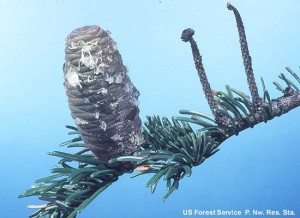 http://oregonstate.edu/dept/ldplants/abgra.htm
http://oregonstate.edu/dept/ldplants/abgra.htm

